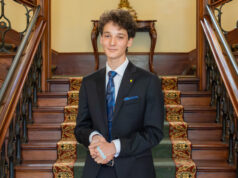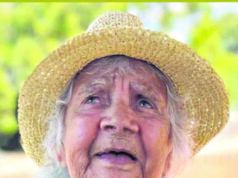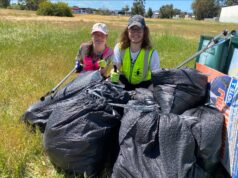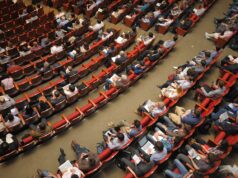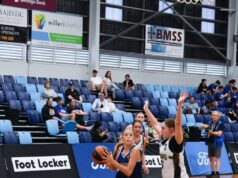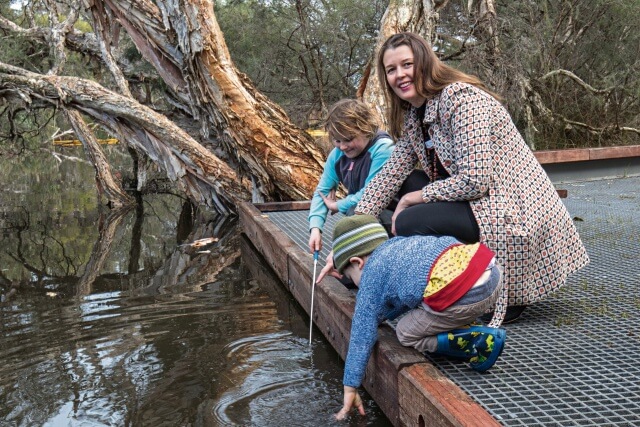
The City of Canning will try increase the number of trees in the city using a novel format after the council voted to ‘crowd-fund’ future tree plantings.
At the June 20 meeting, council voted seven votes to three to investigate the use of crowd funding to accelerate tree-planting activities across the city.
The motion was brought by councillor Pauline Tarrant who said she had heard residents wanted more neighbourhood tree coverage.
“Canning has the third lowest level of tree canopy coverage in the metropolitan area,” she said.
“Trees can actually bring great benefits to the community in a host of different ways, from lowering the temperature of surroundings to increasing property prices.
Ms Tarrant’s motion came after a 2015 report that said Canning was among the worst cities within Perth for tree canopy cover, with just over 10 per cent coverage.
“A reasonably large tree can drop the temperature by up to six degrees, a medium sized tree is about four or five and even down to some native bushes and shrubs – those can bring a temperature difference as well.”
Ms Tarrant said the crowd funding initiative was the first of its kind the City of Canning council has ever endorsed and she believed Canning would be the first in Australia to use crowd funding to increase tree coverage.
She said it was important to act against a decline in tree numbers across the city.
“We’re losing trees because we’ve had such big urban infill targets,” she said.
“We need to put in steps to stop the decline and positive things like these can stop that decline.
“Hopefully at some point in the future we can reverse that and we’ll be reforesting Canning in a sensible manner.”

Councillors Christine Cunningham, Margaret Hall and Lindsay Holland opposed the motion.
Mr Holland said he voted against the motion because he was not convinced crowd funding and asking residents for more money was the best way to proceed.
“We don’t know how much it’s going to cost to administer,” he said.
“It could end up costing more to administer than the money we get in.
“The funny thing is they’re looking at this but they’re willing to knock down a park, which I find astonishing.”
The park Mr Holland referred to was Hill Top Park in Willetton, which the council considered rezoning in April. Two thirds of the park’s vacant area would be turned into residential blocks.
While the proposal to crowd fund tree planting may be unique for local governments in Australia, councils have used crowd funding to support other community initiatives.
In 2014 one New South Wales local government ran programs for seven community projects and matched each dollar raised through crowd funding.
The City of Canning’s chief executive Arthur Kyron has until September to report his findings for the best ways to facilitate such a project, the best locations within the city to plant trees and how many and what types of trees were best for each area.
Mr Kyron will also have to provide a plan for informing residents of the program, alerting them to how they can participate as well as a plan for how extra trees will be planted and maintained.

